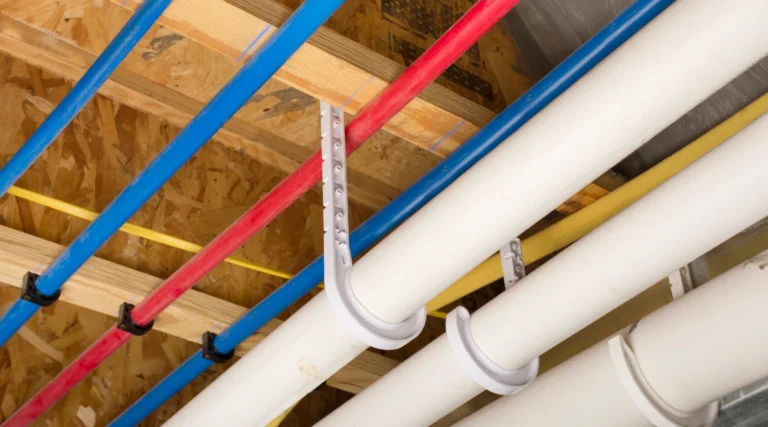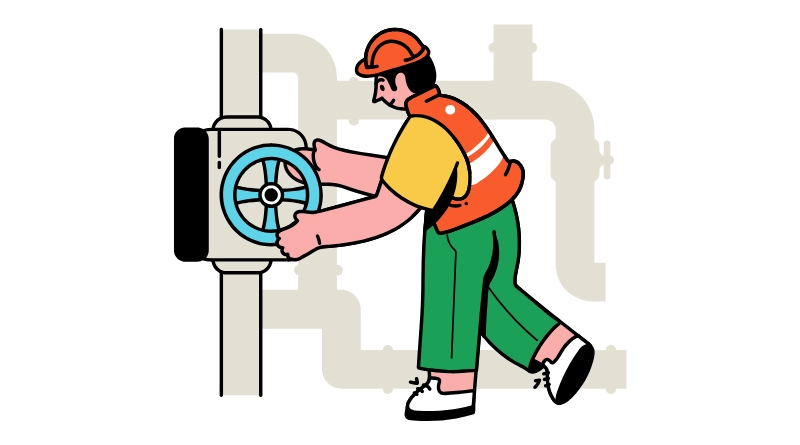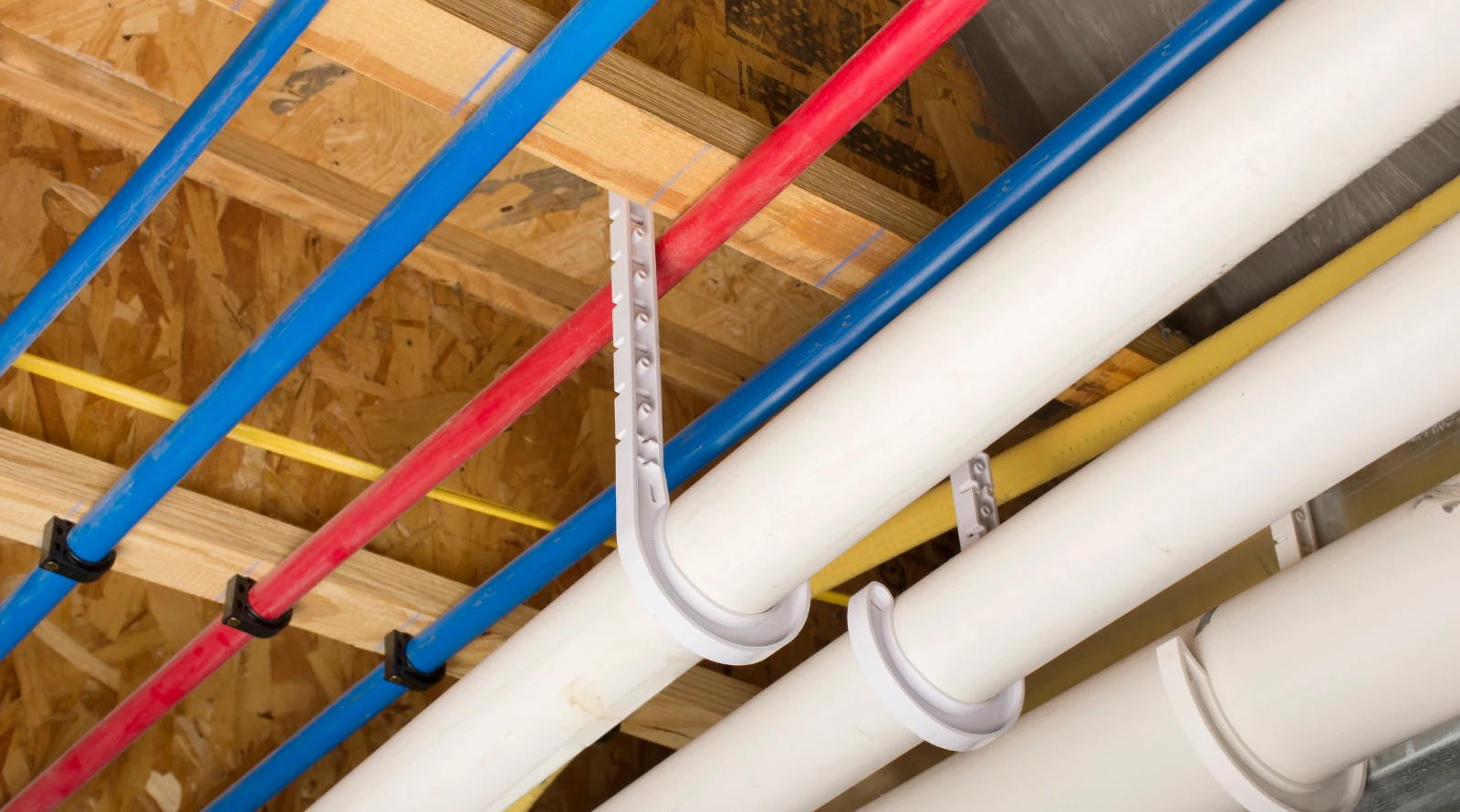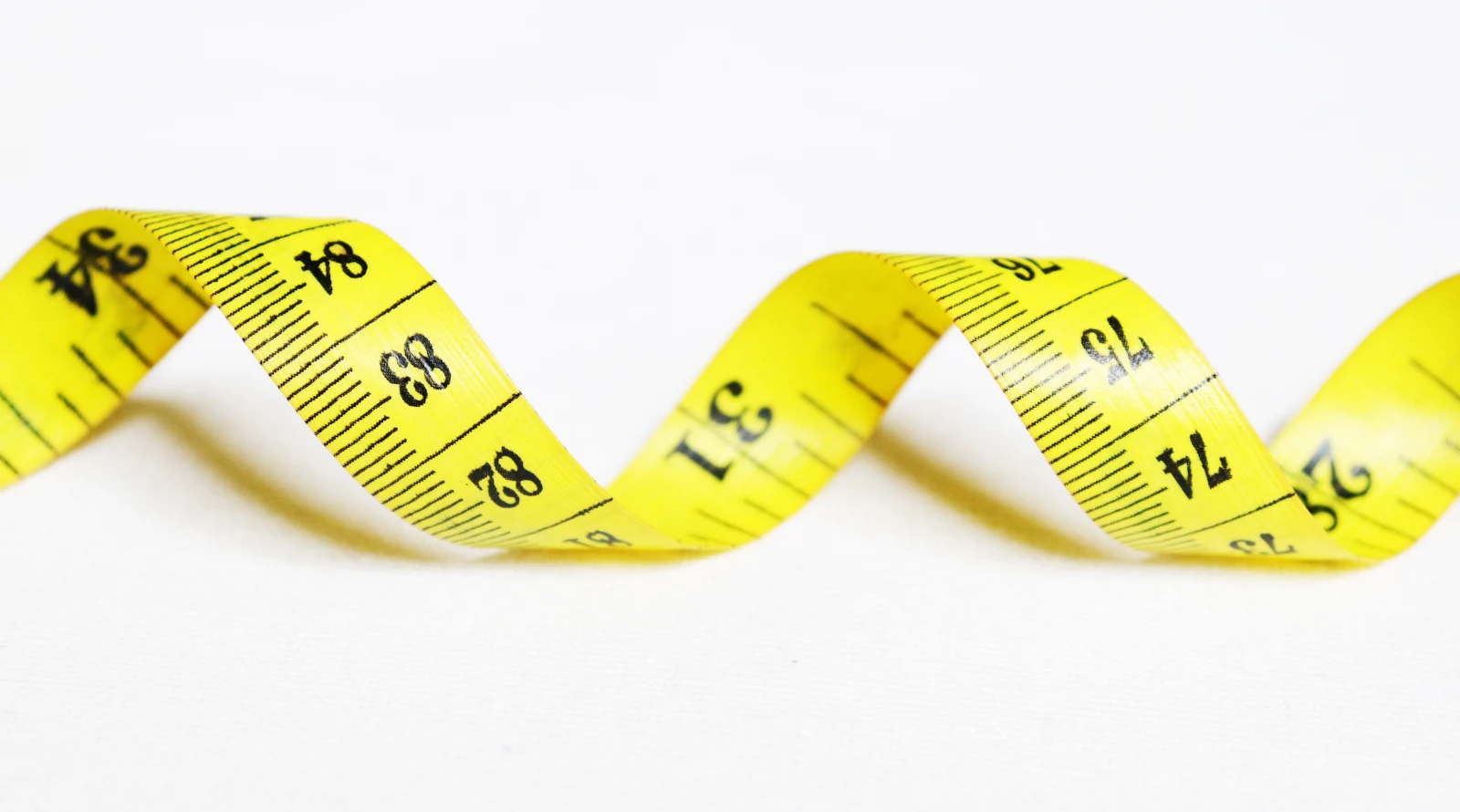Effective plumbing systems are built on proper drainage, which guarantees the safe evacuation of wastewater and guards against any water-related problems. The slope of the drain and sewer pipes is thereby crucial.
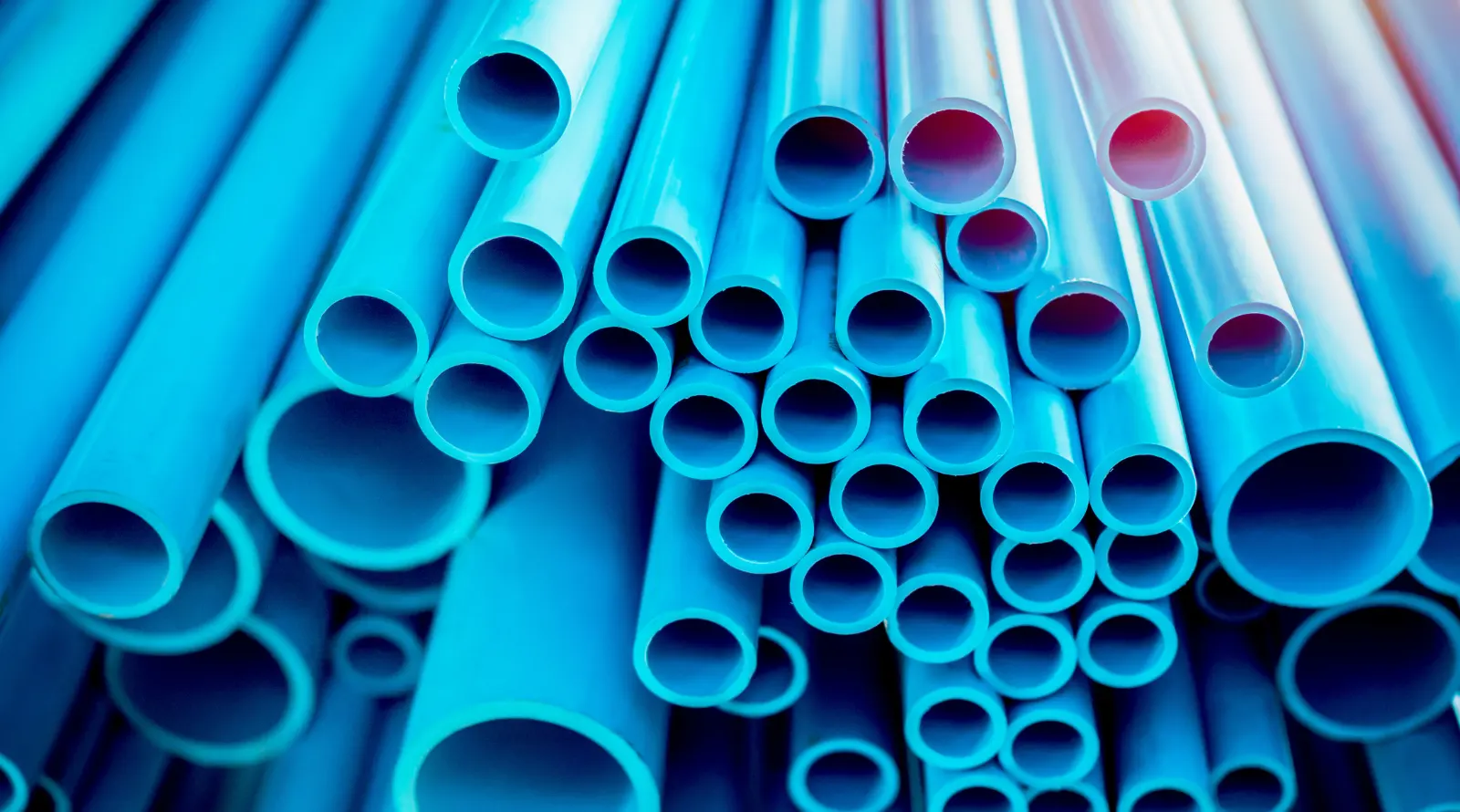
So in this guide, we’ll examine the relevance of drain pipe slope, its influence on plumbing functionality, how to calculate drain pipe slope, and the factors to take into account while reaching an ideal slope.
The Basics of Drain Pipe Slope
The slope at which drain or sewer pipes are installed within a plumbing system is referred to as the pipe slope. Because of this gradient, wastewater from fixtures like sinks, toilets, showers, and bathtubs can flow more easily toward the main sewer line or septic system.
The basic idea behind drain pipe slope is that wastewater will flow more quickly the steeper the slope.
However, establishing effective drainage without creating additional issues requires striking a balance between a steep slope and one that is overly steep.
Pipe Slope Calculator
Results:
Slope: %
Here are instructions on how to use this “Drain & Sewer Pipe Slope Calculator”:
- Input Pipe Length (feet): Enter the length of the drain pipe in feet. This is the horizontal distance the pipe covers.
- Input Pipe Rise (inches): Enter the vertical rise of the drain pipe in inches. This is the change in height from the starting point to the endpoint of the pipe.
- Calculate Slope: Once you’ve entered the pipe length and pipe rise, click the “Calculate Slope” button.
- View Results: The calculator will process your input and display the calculated slope as a percentage. The calculated slope represents the incline of the pipe, indicating how much it rises vertically for every 100 units of horizontal distance.
- Adjust Inputs: If you wish to calculate the slope for a different set of values, you can simply update the “Pipe Length” and “Pipe Rise” fields and click the “Calculate Slope” button again.
- Interpret the Results: The “Results” section will show the calculated slope percentage. This indicates the incline or decline of the drain pipe based on the inputs you provided.
- Clear and Start Over (Optional): To perform another calculation, simply change the values in the input fields and click the “Calculate Slope” button again. The previous result will be replaced with the new calculation.
Remember, the calculated slope is a crucial factor in drainage system design. It helps ensure that water flows efficiently through the pipe to prevent pooling and other drainage issues. Use this calculator to determine the proper slope for your drain pipe installation.
Slope of a Standard Horizontal Drainage Pipe
The International Plumbing Code states that drainage pipes should be laid out at the following minimum pitches with a uniform slope:
| Pipe Diameter | Minimum Slope | Minimum Slope Percentage |
|---|---|---|
| 2 1/2″ or smaller | 1/4″ per foot | 2.08% |
| 3″, 4”, 5”, 6″ | 1/8″ per foot | 1.04% |
| 8″ or larger | 1/16″ per foot | 0.52% |
Slopes for Large Diameter Sewer Pipes
Calculations are needed to determine the proper pitch for large sewer lines. Generally speaking, during the busiest dry weather circumstances, sewer mains should be designed with a flow rate of 2 feet per second.
The typical flow rate is less than 10 feet per second. Pipes should be built with anchors or other mechanisms to prevent shifting for flow rates greater than 10 feet per second.
Optimal Minimum Slope for 4-Inch Sewer Pipes
The best minimum slope for 4-inch sewer pipes entails striking a compromise between hydraulic efficiency and usability. A slope that is too steep can result in high water velocity, which could eventually cause erosion and jeopardize the pipe’s structural integrity.
On the other side, a too-gentle slope may result in insufficient velocity, allowing objects to move more slowly.
A minimum slope of 1/8 inch per foot (10.4 mm/m) is generally recommended for 4-inch sewer pipes, however municipal legislation may specify other standards. This slope guarantees a velocity that avoids excessive water velocity while preventing sediments from settling.
However, it is imperative to confirm this recommendation with local authorities and technical professionals who are familiar with the particular conditions in your location.
Still have any doubts? Watch this video below…
Effects of Inadequate Pipe Slope
1. Slow Drainage and Clogs
An insufficient slope can lead to sluggish drainage and frequent clogs. When wastewater moves too slowly, solids and debris are more likely to settle within the pipes, creating blockages over time. This can result in backups, foul odors, and potential damage to the plumbing system.
2. Standing Water
Improper slope can cause water to pool within the pipes, leading to stagnant water that can breed bacteria and contribute to unpleasant odors. Standing water can also corrode pipes and compromise the overall integrity of the plumbing system.
3. Backflow and Sewer Gas
Inadequate slope may lead to improper drainage, causing sewer gas to escape back into the living space. This not only creates a foul smell but can also pose health risks to occupants.
4. Reduced Lifespan of Plumbing Components
When wastewater doesn’t flow as intended due to improper slope, the added strain on pipes, joints, and seals can accelerate wear and tear, potentially shortening the lifespan of these components.
Achieving an Optimal Pipe Slope
1. Calculating the Ideal Slope
The ideal slope for drain and sewer pipes is generally between 1/4 inch and 3/8 inch per linear foot (2% to 3% slope). This slope provides a balance between efficient drainage and prevention of excessive water velocity that could potentially erode pipe surfaces.
2. Consistency is Key
Maintaining a consistent slope throughout the entire length of the drain pipe is crucial. Any sudden changes in slope can disrupt the flow of wastewater and lead to standing water or clogs.
3. Consider Fixture Requirements
Different fixtures may have specific slope requirements. For example, toilets typically require a steeper slope compared to sinks or showers due to the nature of waste they handle.
4. Materials Matter
The material of the drain pipe can influence the ideal slope. For instance, smoother pipes may require a slightly steeper slope to prevent water from flowing too slowly and solids from settling.
Installation and Maintenance
- Precision in Installation: Achieving the correct slope during installation requires careful measurement and leveling. Laser levels and slope measurement tools can aid in achieving the desired gradient.
- Regular Inspections: To guarantee that the slope stays consistent throughout time, routine maintenance and inspections are crucial. Potential problems can be avoided by rapidly correcting any settling or misalignment.
Factors Affecting Drain Pipe Slope
- Pipe Diameter: The diameter of the drain pipe influences the required slope. Smaller pipes may need a steeper slope to maintain proper flow.
- Flow Rate: The volume of wastewater produced by fixtures affects the required slope. High-flow fixtures may necessitate a steeper slope to prevent backups.
- Ventilation: For drain pipes to function well, proper ventilation is necessary. Vent pipes let air into the system, promoting efficient drainage. Drainage can be hampered even with the proper slope by inadequate ventilation.
Our Final Thoughts
The importance of drain and sewer pipe slope in the context of plumbing systems cannot be emphasized. This seemingly unimportant detail has significant effects on the effectiveness, usefulness, and lifespan of plumbing systems.
The slope of drain pipes is a vital aspect that necessitates thorough consideration during design, installation, and maintenance, from preventing clogs and backups to maintaining proper wastewater flow.
Plumbing specialists and homeowners may both assure the efficient operation of their plumbing systems for many years to come by knowing the implications of drain pipe slope, estimating the ideal gradient, and following best practices.
Remember, while the provided calculator offers a basic estimation, consulting with a licensed plumber is always recommended for accurate sizing and compliance with local building codes.
RELATED:
- PVC Pipe Diameter Measurement Calculator
- High Water Bill Online Calculator
- Copper, HDPE, PEX, and Steel Pipe Size Calculator
